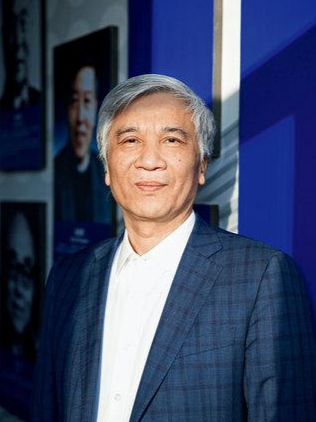PART III : China Democratic League ( CDL)
Many people believe that in China, one political party rules everything. At the same time, a lot of people are curious to know how this great machine works, which runs a country as big as the whole of Europe and with 1.4 billion inhabitants.
In China there is also a Parliament which works much like ours. Its name is PCC : Political Consultative Conference whose standing committee is elected every 5 years. Not to be confused with NPC ( National People’s Congress), an other huge deliberative body ( next chapter)
In Chinese PCC members are selected in and represents every level of the society in all the country and also for Overseas Chinese. PCC includes the CCP, patriots without any party affiliation and 8 major parties.
We are going to introduce these 8 parties of the PCC, the majority of which are 90 years old.
- Revolutionary Committee of the Chinese Kuomintang (RCCK)
- Zhi Gong Dang
- Nong Gong Dang Chinese Farmers & Workers Democratic Party
- China Democratic League (CDL)
- China National Democratic Construction Association (CNDCA)
- China Association for Promoting Democracy (known as China DDP)
- JiuSan Society (literally known as Nine-Three Academic Society)
- Taiwan Democratic Self-Governing League (TDSL)
What are the powers of the PCC standing committee ? Mainly :
– participates in the state power
- participates in the negotiation of major national policies
- the election of national leaders- participates in the management of national affairs and the formulation and implementation of guidelines, policies, laws and regulations
- actively playing the role of democratic supervision for the democratization and scientific decision-making of the country
- Etc…
PCC body also consists of delegates from unions, federations, associations, nominally independent members and special committees.
PCC is chaired by a member of the politburo standing committee.
PART III : China Democratic League ( CDL)
The China Democratic League is one of the eight legally recognized political parties in the People’s Republic of China.
It is mainly composed of high- and intermediate-level intellectuals engaged in cultural education and scientific and technological work. This party fully cooperates with the Chinese Communist Party.
The China Democratic League was secretly established in Chongqing on March 19, 1941, under the name of the “China Democratic Political League”. At that time, due to the occurrence of the “Southern Anhui Incident”, the cooperation between the Kuomintang and the Communist Party was destroyed, and the anti-Japanese national united front was perilous. Some parties and personages outside the KMT and the Communist Party who advocated resistance to Japan hope to unite, trying to provide a “Third Way” from the Nationalists and the Communists and fight for persistence in unity and democracy against Japan. As a result, based on the “Comrades’ Association for the Founding of the People’s Republic” established by some national politicians in November 1939, the China Democratic Political League was established.
Participants include: the Chinese Youth Party, the National Socialist Party (later renamed the Democratic Socialist Party), the Chinese National Liberation Action Committee (later renamed the China Peasants and Workers Democratic Party), the China Vocational Education Society, members of the Rural Construction Association and others.
Huang Yanpei (1 October 1878 – 21 December 1965) was elected as the first chairman. He was a Chinese educator, writer, and politician. He was a founding pioneer of the China Democratic League.
Ding Zhongli (January 14, 1957 -), male, from Shaoxing, Zhejiang, Chinese geologist, academician of the Chinese Academy of Sciences, currently vice chairman of the Standing Committee of the 13th National People’s Congress, chairman of the Central Committee of the Chinese Democratic League, formerly President of University of Chinese Academy of Sciences


